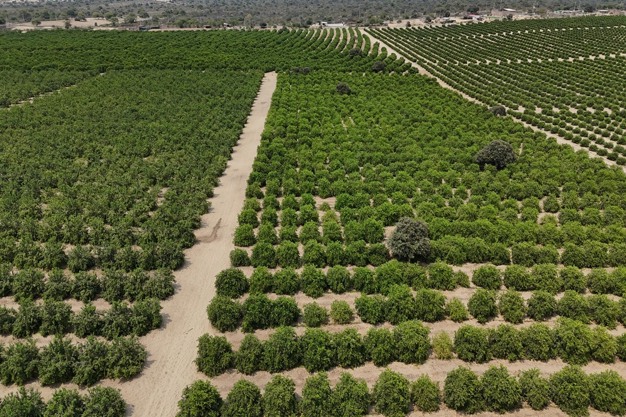Peru's lime industry, specifically the Tahiti and Sutil varieties, is facing a contrasting panorama. On the one hand, exports have grown significantly, driven by growing international demand; on the other hand, climate challenges have complicated production in key regions such as Piura, the country's main producing area.
According to the CEO of Limones Piuranos, Peru exported 32,000 tons of Tahiti lime in 2023, 30% more than in the previous year. This growth has been especially noticeable in Europe, where demand for fresh citrus fruits continues to increase. Tahiti lime exports have increased from 300 containers in 2018 to more than 1,300 in 2023, with revenues exceeding $35 million.
Limones Piuranos has been a pioneer in the production and export of citrus fruits since 2003, with more than 2,200 hectares dedicated to the production of Tahiti limes, Sutil limes, and mangoes.

"Tahiti limes are mostly destined for fresh consumption. 80% of the production is allocated to the international market and the rest to the domestic market. In contrast, the smaller, more acidic Sutil lime is mainly used to produce essential oils. This product is exported in 400-pound drums and is highly valued by the cosmetic and pharmaceutical industries.
Climate change has left its mark on Piura's crops. The region, hit by phenomena such as El Niño and the absence of rain, has experienced a water crisis that reduced the size of the limes, shrinking the proportion destined for the fresh market. "Production will fall by more than 50% this season due to the lack of water and the shortage of flowering," stated the CEO of Limones Piuranos.

Logistics represents another major challenge. "The high demand for refrigerated containers during the export season increases transport costs. However, the opening of the port of Chancay could improve logistics conditions in the future, optimizing costs and shipping times, " he stated.
Fresh Tahiti lime prices range between 1.30 and 1.50 dollars per kilo, while derived products, such as lemon oil, maintain stable prices after fluctuations caused by global shortages in previous years.

"Our processes are 100% natural and we reuse the peel waste for composting. This approach has been key to maintaining a competitive advantage over other major exporters such as Mexico and Brazil," the CEO of Limones Piuranos stressed.
Peru's Tahiti lime harvest is divided into two main seasons: January to April for the North American market and August to November for Europe. Despite how complicated this season looks, Peruvian exporters have high expectations for it.
"The company projects a 30% annual growth in its exports. With an additional 200 hectares of Tahiti lime in production, the company seeks to consolidate its presence in Europe and expand into new markets. Peruvian limes have enormous potential thanks to their quality and the fact that the country is free of HLB, a pest that affects other producers," the CEO stressed.
For more information: 
Limones Piuranos SAC
Piura, Peru
Phone: +51 969 425 770
Tel: +51 998927653
Email: [email protected]
Email: [email protected]
https://limonespiuranos.com/
